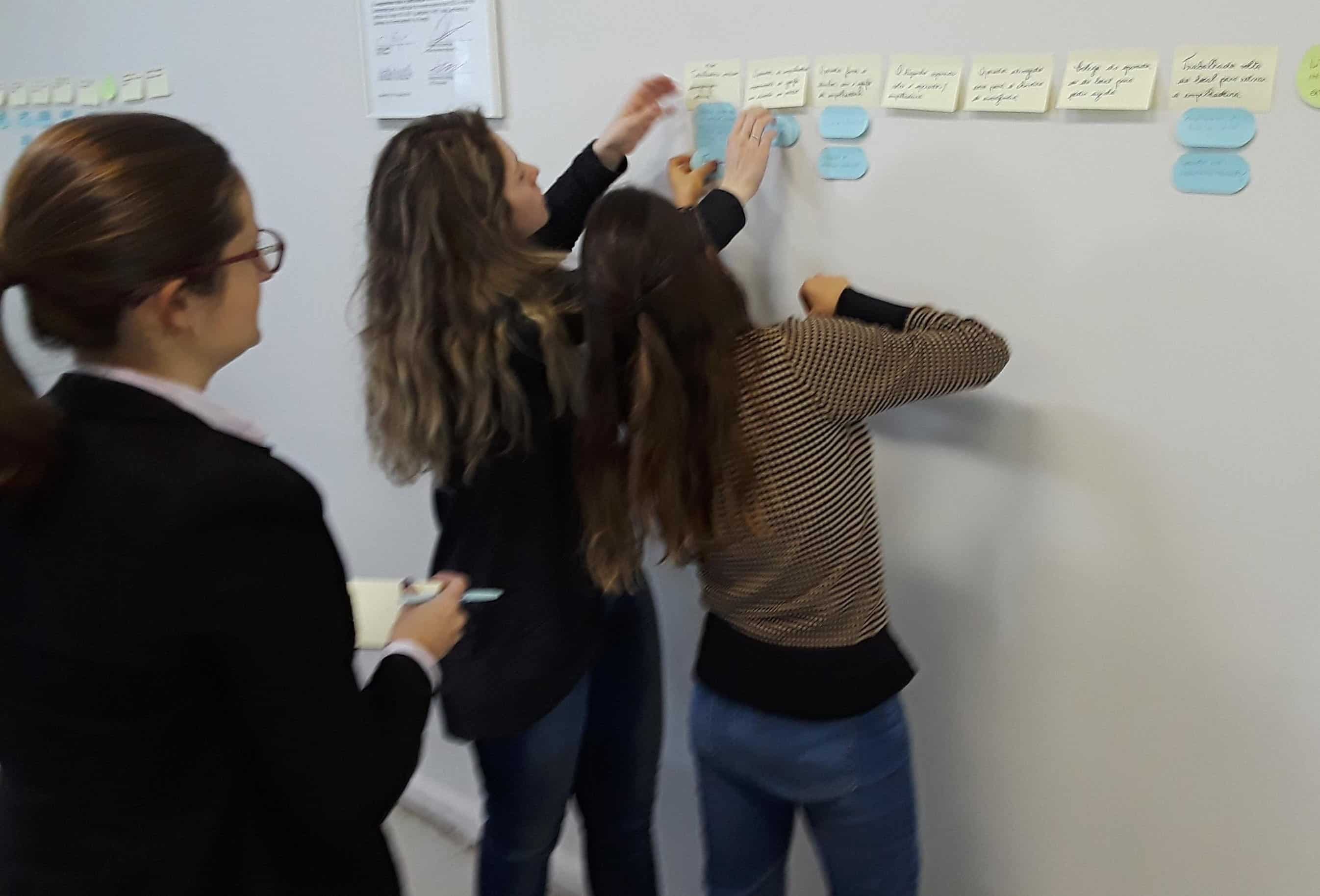Defining Leadership Roles in Root Cause Analysis

Leadership wants root cause analysis to uncover the fixable root causes of significant accidents and precursor incidents AND to recommend effective fixes to stop repeat incidents. But how do we define leadership roles in root cause analysis to make sure this happens? Here’s a quick list:
- Best root cause system
- Insist that it is used
- Be involved in reviews
- Insist on timely implementation of fixes
- Check the status of the implementation of fixes
- Use trends to manage
- Steer system to be more proactive
Let’s look at these in slightly more detail.
Best root cause system: Because so much is riding on the effective performance of a root cause system, leaders know that second-best systems aren’t good enough. They don’t want to bet their company’s future on someone asking why five times. That’s why they feel assured when their team uses advanced root cause analysis to find and fix the real root causes of problems. CLICK HERE to find out more about advanced root cause analysis.
Insist that it is used: One common theme in companies that get the most from their performance improvement programs is that senior leaders ASK for investigations. When they see a problem, they insist that the advanced root cause analysis process is used to get to the root causes and develop effective fixes. When middle management and employees see senior leadership asking for investigations and root cause analysis, they want to be involved to help the company improve.
Be involved in the reviews: When senior leaders ask for investigations, it’s only logical that they would want to review the outcome of the investigation they asked for. But it goes beyond being present. Senior leadership knows what to look for and how to make the review process a positive experience. People often get rewarded for good investigations. When the review process is a positive experience, people want to participate and have pride in their work.
Insist on timely implementation of fixes/Check status of the implementation of fixes: You might not believe this, but I’ve seen many examples of companies where they performed root cause analysis, developed fixes, and then were very slow to implement them. So slow that the incident repeated itself, sometimes several times, before any fix was implemented. Good senior leadership insists on prompt implementation of fixes and makes sure they are kept up to date on the progress of implementation.
Use trends to manage: Good root cause analysis efforts produce statistics that can help leaders manage. That’s why senior leadership understands the use of advanced trending techniques and gets reports on the latest root cause trends.
Steer system to be more proactive: Would you rather wait for an accident or incident to find your next improvement opportunity? Or would you rather target an audit or assessment and have them apply advanced root cause analysis to develop effective improvements? The best senior leaders know the right answers to these questions.

That’s it! Senior leaders use proactive improvement and investigations of precursor incidents and major accidents (which rarely happen) to find where improvement needs to happen. They are involved with the system and use it to keep their company ahead of the competition. They are updated about the status of fixes and current trends. They reward those who make the system work.
Does that sound like your facility? Or do you have an improvement opportunity? Attend the TapRooT® Executive Leadership Course at the Global TapRooT® Summit April 25 – 26, 2023 to learn more about how leadership’s role in root cause analysis will drive sustained improvement.



